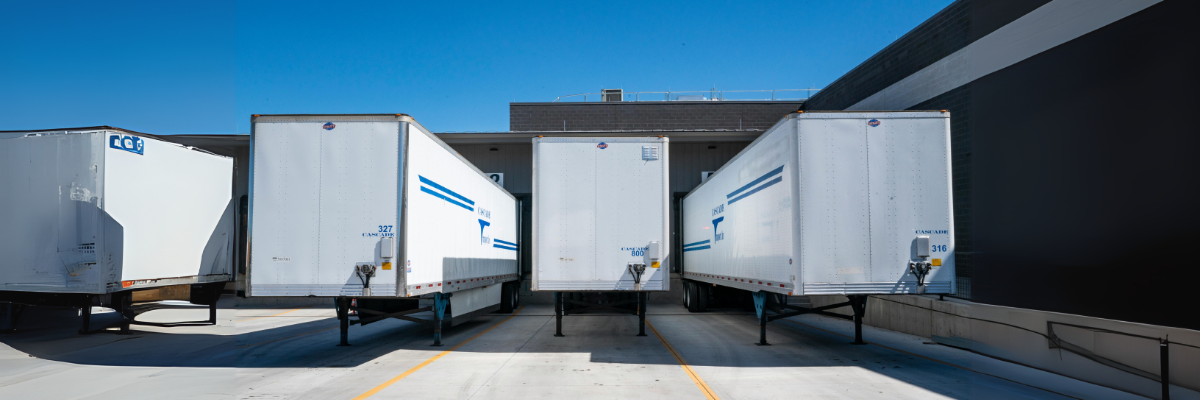The term cross docking refers to an activity that reduces warehouse dwell time, lowering storage costs and speeding up delivery times.
With a proper setup and the support of cutting-edge logistics solutions from Hubrise (from the Picking phase to Shipping integrated with major carriers), cross docking becomes a business accelerator capable of balancing speed and operational control.

Cross docking and fundamental principles
Cross docking is based on three operational pillars. The first is flow synchronization: incoming and outgoing vehicles must arrive within precisely planned time windows; otherwise, the platform risks congestion. The second concerns layout, favoring a configuration that allows load units to be moved in a straight line and within a few minutes. The third pillar is the digital component, meaning the adoption of cutting-edge technological solutions capable of speeding up and automating the process.
Types of cross dock (drop trailer, flow through, hub & spoke)
While sharing the same objectives, cross docking platforms can take different forms depending on the sector, demand profile, and distribution network structure.
In the drop trailer mode, the supplier prepares goods on sealed semi-trailers; the platform acts as a simple transfer point. This approach is suitable for homogeneous flows and volumes forecasted with good reliability. In a cross docking operation, this allows decoupling transport times from warehouse processing times, reducing wait times and storage costs.
The flow through model, on the other hand, is the most common in e-commerce. In this cross docking model, goods enter through a receiving dock and “flow” directly to the shipping dock without being stored.
Finally, the hub & spoke architecture consolidates goods at a central node before redistributing them to regional branches. This model leverages economies of scale in primary transportation and enables better shipping frequency.
Practical examples of cross docking in various sectors
In the food retail and large-scale distribution sectors, cross docking moves high-turnover pallets directly from receiving docks to outbound trucks, avoiding storage and keeping perishable products fresh.
In fashion, where collections change within weeks, “flow-through” platforms sort garments just out of production and send them to stores within a few hours, keeping the assortment always aligned with trends.
In pharmaceutical circuits, the same cross docking method is used to minimize the risk of temperature fluctuations: vaccines and sensitive medicines remain at the node only for the time needed for inspections before being sent to hospitals and pharmacies, ensuring delivery integrity and timeliness.

Infrastructure and organizational requirements
A cross dock project requires a revision of the entire logistics ecosystem. First of all, clear cross-aisles are needed, along with sturdy flooring that effectively separates inbound flows from outbound ones.
The organizational aspect is even more demanding. Staff must adopt a “fast transit” culture: with each package staying only a few minutes, precision during check-in, labeling, and routing phases becomes essential. Forklift operators cannot randomly pile pallets in the cross dock area because a delay of just a few minutes at receiving risks cascading effects on the outbound docks.
Integration with WMS
IT is fundamental for achieving an efficient cross dock. An integrated WMS indeed enables end-to-end visibility from the moment the truck passes through the gate.
By connecting the WMS with the TMS in real time, the system automatically books loading and unloading slots, reduces wait times at the gates, and maintains traceability of every package. The result is a leaner operational flow, vehicles spending less time idling, and KPIs always up to date to promptly address any deviations.